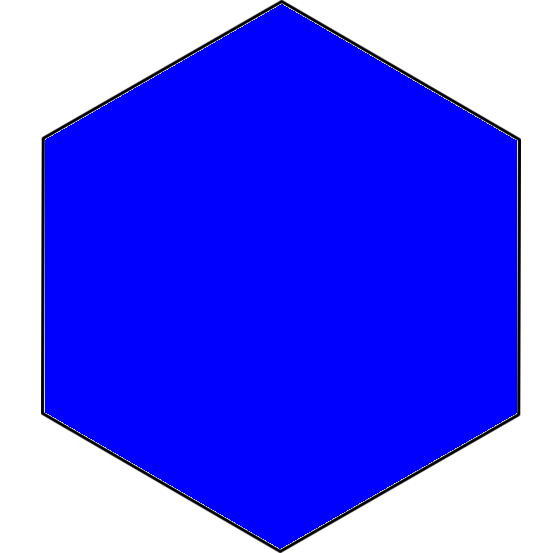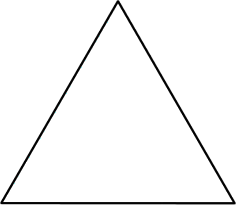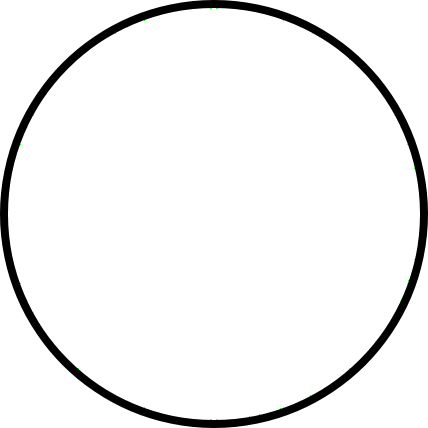24 DEC 2013 by ideonexus
 Scale Analysis VS Magnitude Comparisons
Scale Analysis VS Magnitude Comparisons
There are some subtle facts about scale analysis that make it more powerful than simply comparing orders of magnitude. A most remarkable example is that scale analysis can be applied, through a systematic use of dimensions, even when the precise equations governing the dynamics of a system are not known. The great physicist G. I. Taylor, a character whose prolific legacy haunts any aspiring scientist, gave a famous demonstration of this deceptively simple approach. In the 1950s, back when the...Folksonomies: quantification
Folksonomies: quantification
Giulio on how this technique was used to estimate the power of a secret nuclear blast from a photo.
13 APR 2012 by ideonexus
 Cosmic Dust Raining on the Earth
Cosmic Dust Raining on the Earth
Morris is fond of citing figures that indicate that about five million metric tonnes of cosmic dust falls on the earth each year. He calculates that over five billion years, we should have accumulated a layer of dust 55 m (182 feet) thick! But if you do the calculation correctly (which Morris does not), it amounts to only a shoebox full of dust over an entire square kilometer. This is so minuscule it can barely be detected even in the best sedimentary records from deep-sea cores, which are un...How much and to what effect?
18 MAR 2012 by ideonexus
 Radioactive Elements "Descend" from One Another
Radioactive Elements "Descend" from One Another
Thus the radio elements formed strange and cruel families in which each member was created by spontaneous transformation of the mother substance: radium was a “descendant” of uranium, polonium a descendant of radium. Folksonomies: chemistry
Folksonomies: chemistry
Creating "families".
04 JAN 2012 by ideonexus
 Henri Becquerel Discovers Radiation
Henri Becquerel Discovers Radiation
[Concerning] phosphorescent bodies, and in particular to uranium salts whose phosphorescence has a very brief duration. With the double sulfate of uranium and potassium ... I was able to perform the following experiment: One wraps a Lumière photographic plate with a bromide emulsion in two sheets of very thick black paper, such that the plate does not become clouded upon being exposed to the sun for a day. One places on the sheet of paper, on the outside, a slab of the phosphorescent substan...But erroneously thinks the Sun is an important part of the experiment involving phosphorous.




